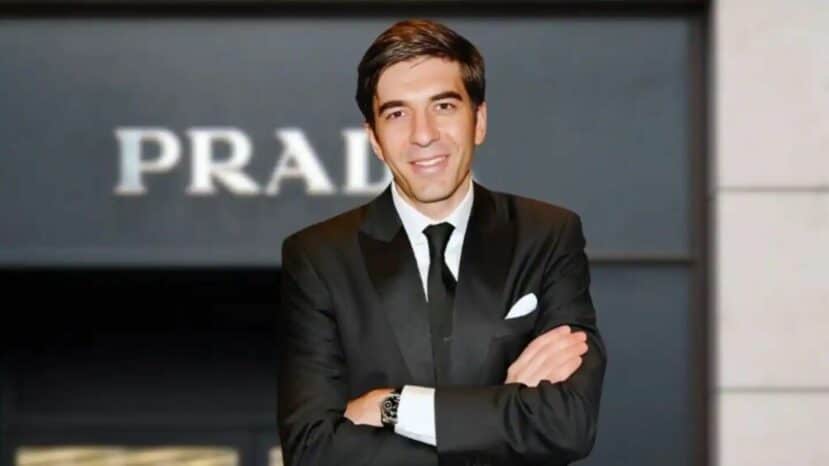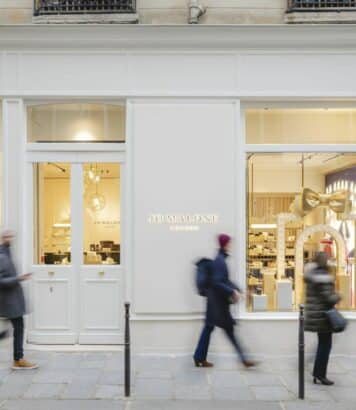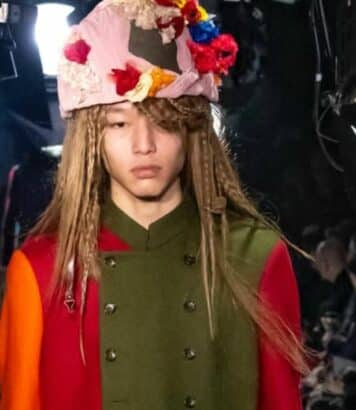Prada loses its CEO: strategic tensions and uncertain outlook

While Prada was unveiling its men’s spring-summer 2026 collection in Milan, the Italian fashion house was at the same time announcing less expected news: the end of its collaboration with CEO Gianfranco d’Attis. A decision which, far from being anecdotal, illustrates the internal tensions that have shaken the group for several months.
A departure amid disagreements and a slowdown
Appointed in January 2023, Gianfranco d’Attis – ex-Hermès and Dior – will not have spent two years at the helm of Prada. According to a memo sent to AFP, he will officially step down on June 30. Pending the appointment of a successor, Andrea Guerra, current CEO of the Prada group, will act as interim CEO.
The reason for the departure? Strategic differences”, as reported by WWD. These tensions come at a time when growth indicators are running out of steam. Prada, which had posted +12% growth in 2023, grew by just +4.2% the following year, barely approaching sales of 4 billion euros.
Worse still, the first quarter of 2025 closed with a decline of -0.2%, in a personal luxury market that is weakened overall, but still buoyant for several competitors. A warning signal, all the more audible as the Milanese label communicates very little about its medium-term roadmap.
Miu Miu against the tide
As Prada falters, Miu Miu, the group’s sister brand, is enjoying spectacular growth. With growth of +60% between January and March 2025, the once marginal little sister is becoming one of the group’s main driving forces, driven by a younger image, a cutting-edge aesthetic and communication aligned with Y2K trends.
This contrast raises a fundamental question: how to reposition Prada without betraying its DNA? It’s a tricky business, all the more so as the competition (Loewe, Bottega Veneta, Saint Laurent) is stepping up its pressure on the creative luxury segment, once the Milanese house’s stronghold.
A risky transition
With the departure of Gianfranco d’Attis, the Prada group enters a new phase of uncertainty. Miuccia Prada’s style remains unrivalled, but global strategic management is becoming a priority in a changing market. Men’s fashion, accessories, digital retail: so many areas left open.
The next CEO will have to deal with the challenges of organic growth, profitability and image, in a context where the Italian company, while still influential, needs to reaffirm its position.
Read also: Why students prefer LVMH, Hermès and Chanel… but not all profiles




